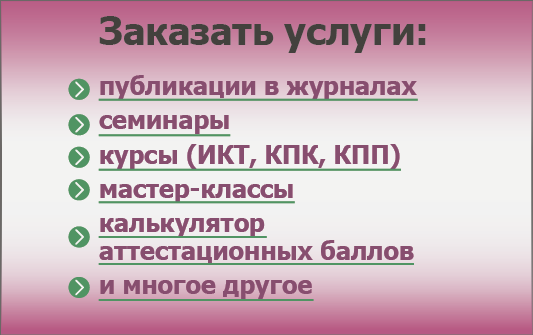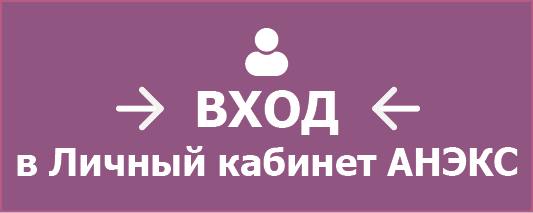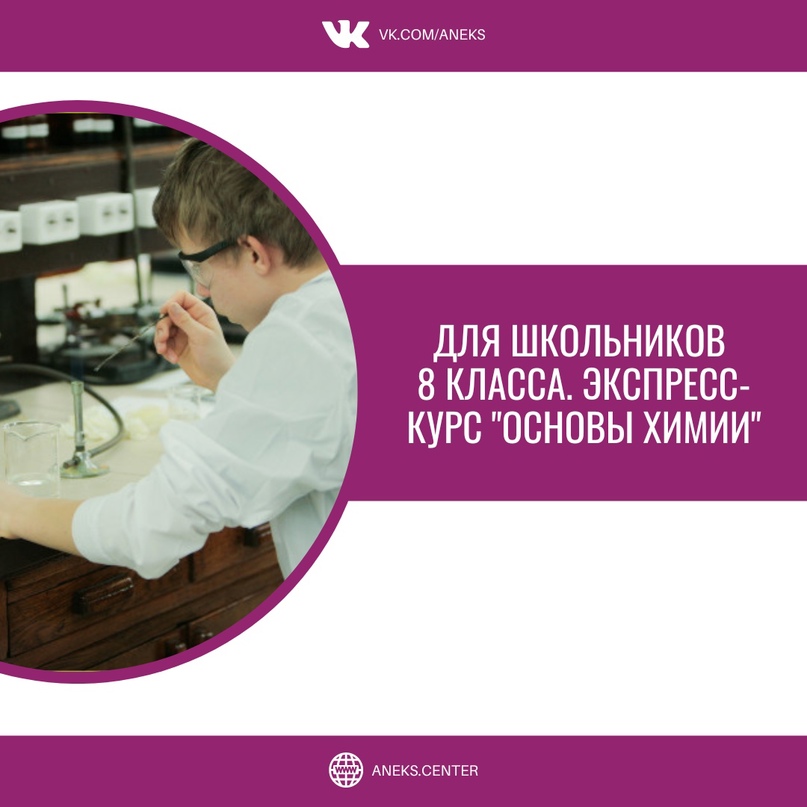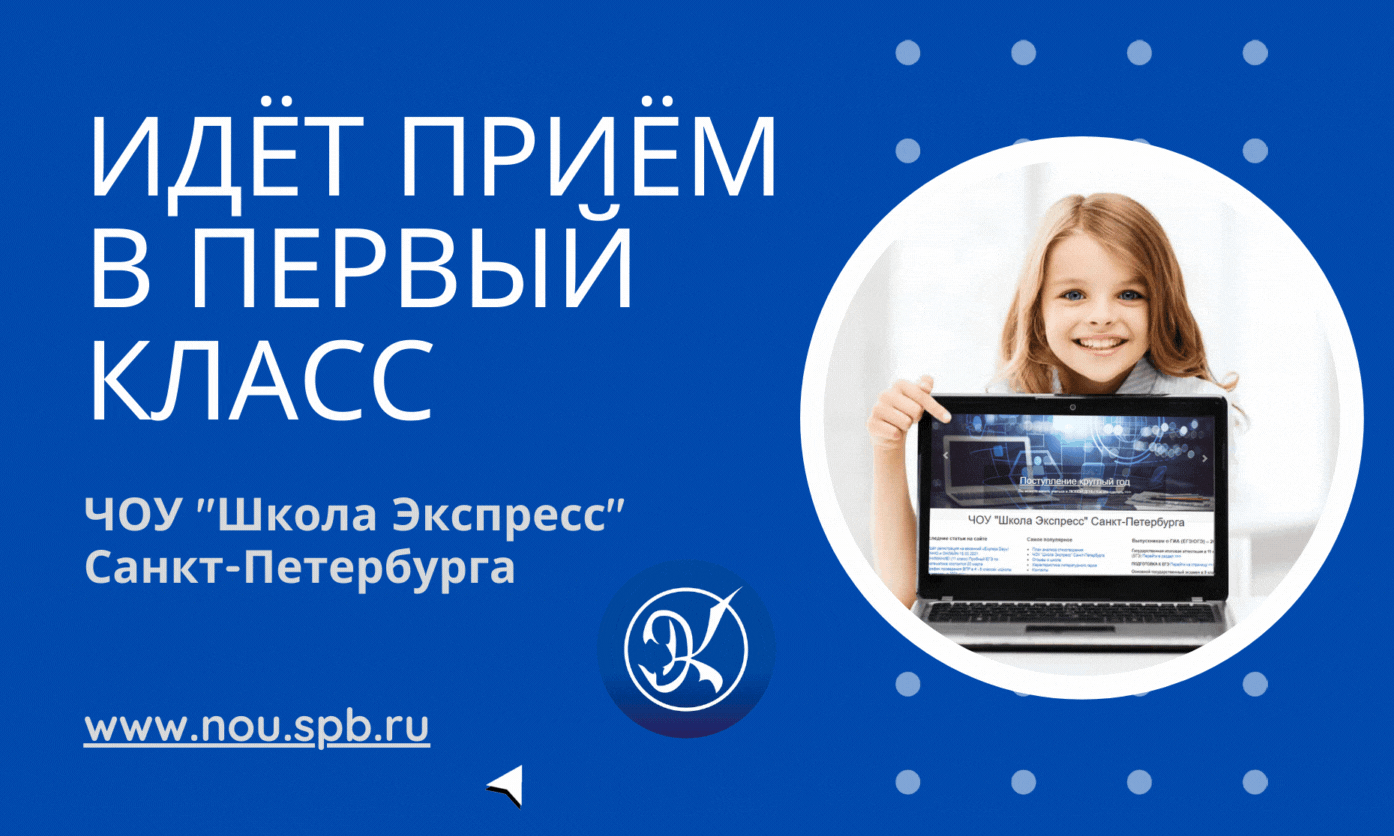Методическая разработка урока английского языка
Online safety
Безопасность в Интернете
Касабуцкая Лариса Николаевна,
читель английского языка ГБОУ СОШ
№ 548 Санкт Петербурга
читель английского языка ГБОУ СОШ
№ 548 Санкт Петербурга
Класс: 8 (углубленное изучение английского языка)
Тип урока: комбинированный с использованием метода «Шести Шляп».
Технология: образовательная технология дискуссионного общения по методу «Шести Шляп», развития критического мышления, технология «Сотрудничества».
Цель урока: совершенствовать лексические навыки по теме «Компьютеры и Интернет» в групповой дискуссии; учить критически мыслить и вести аргументированную дискуссию о правильном использовании интернета в повседневной жизни; формировать самостоятельную познавательную деятельность обучающихся.
Задачи урока:
Тип урока: комбинированный с использованием метода «Шести Шляп».
Технология: образовательная технология дискуссионного общения по методу «Шести Шляп», развития критического мышления, технология «Сотрудничества».
Цель урока: совершенствовать лексические навыки по теме «Компьютеры и Интернет» в групповой дискуссии; учить критически мыслить и вести аргументированную дискуссию о правильном использовании интернета в повседневной жизни; формировать самостоятельную познавательную деятельность обучающихся.
Задачи урока:
- систематизация знаний по теме «Компьютеры и Интернет»;
- развитие навыков поиска, отбора и обмена информации при работе с текстами в группах по методу «Пила»;
- развитие способности действовать в соответствии с ролевым заданием своей «Шляпы»;
- формирование умения развернуто аргументировать свою точку зрения в групповой дискуссии и находить контраргументацию для оппонентов;
- совершенствовать навыки фонематического слуха при просмотре фильма “Caught in the Net”;
- воспитание толерантного отношения к мнению партнеров.
Планируемый результат:
- Предметные: совершенствование навыков монологической речи по теме «Компьютеры и Интернет» в ходе дискуссионного общения по методу «Шести Шляп»: выражение собственного мнения и постановка логичных вопросов в ходе групповой дискуссии; развитие навыка поискового чтения и обмена информацией; формирование навыков аудирования на полное понимание при просмотре видеоролика по теме “Caught in the Net”.
2. Личностные: повышение учебно-познавательной мотивации: определение границы собственного знания и «незнания»; повышение активности на уроке.
3. Метапредметные. Регулятивные УУД: умение управлять своей деятельностью, проявлять инициативу, самостоятельность; умение работать в группе.
Познавательные УУД: развитие навыков критического мышления, умения работать с разными источниками информации, анализировать полученную информацию с разных точек зрения и находить способы решения проблемы.
Коммуникативные УУД: умение вести дискуссионное общение, способность полно и точно выражать свои мысли в соответствии с задачами и условиями коммуникации.
Личностные УУД: заинтересованность в получении новых знаний, стремление проявить свои знания, способность уважительно относиться к мнению окружающих.
Формы и методы диагностики предметных результатов:
3. Метапредметные. Регулятивные УУД: умение управлять своей деятельностью, проявлять инициативу, самостоятельность; умение работать в группе.
Познавательные УУД: развитие навыков критического мышления, умения работать с разными источниками информации, анализировать полученную информацию с разных точек зрения и находить способы решения проблемы.
Коммуникативные УУД: умение вести дискуссионное общение, способность полно и точно выражать свои мысли в соответствии с задачами и условиями коммуникации.
Личностные УУД: заинтересованность в получении новых знаний, стремление проявить свои знания, способность уважительно относиться к мнению окружающих.
Формы и методы диагностики предметных результатов:
- Самооценка на этапе активизации материала в устной речи;
- Оценивание учителем результата письменной работы на индивидуальных бланках, в устной речи в группе;
- Взаимооценка на этапе работы в парах.
Формы и методы диагностики метапредметных результатов:
- Самооценка на этапе подведения итогов;
- Эмоциональная оценка;
- Наблюдение учителя за работой учеников в группе и в паре (с оцениванием).
Формы организации учебной деятельности: фронтальная, индивидуальная, парная, групповая.
Межпредметные связи: риторика (ведение дискуссии), литература (использование поэтической формы синквейна), психология (влияние интернета на психику подростка).
Ресурсное обеспечение урока: мультимедийный комплект: проектор, компьютер, доска, демонстрационный и раздаточный материал:
Межпредметные связи: риторика (ведение дискуссии), литература (использование поэтической формы синквейна), психология (влияние интернета на психику подростка).
Ресурсное обеспечение урока: мультимедийный комплект: проектор, компьютер, доска, демонстрационный и раздаточный материал:
- Презентация по теме “Online Safety” (Безопасность в Интернете).
- Логотипы Fire Fox & Google Chrome для деления на две группы.
- карточки для чтения в группах ( по количеству детей)
- Раздаточный материал с заданиями урока. (Приложения 1 и 2)
- Наглядный материал в виде 6 разноцветных шляп (белая, черная, красная, синяя, желтая, зеленая)
- Таблички с правилами групповой работы на столах.
Ход урока:
I. Постановка темы. Согласование темы с учениками.
Мотивация к учебной деятельности. T: Let’s complete the opinion pall
| The statement | pupils who agree |
| I know how to stay safe online | |
| When I register online I give my name, address and birth date when registering to use a Web site online | |
| I post family photos on the Internet so friends and family can view them | |
| I make online friends | |
| I feel myself free when I communicate online |
This pall is related to our lesson theme. What do you think the theme of our lesson is? Online Safety.
T: Is the problem actual nowadays? - PPs: yes T: If it’s so, let’s discuss the problem.
T: Is the problem actual nowadays? - PPs: yes T: If it’s so, let’s discuss the problem.
II. Формулировка цели урока. Обсуждение плана урока. T: Today we’re going to know more information about online safety and discuss this problem into 2 groups. We’ll do the quiz, watch a video film “caught in the net” and create our tips how to be safe on the net. Let’s discuss the problem of online safety with the method of “Six Thinking Hats”.
Обсуждение метода работы. Метод 6 Шляп.
- How can we look at the problem in the White Hat? (it analyzes information and facts)
- What does the Red Hat mean? ( it’s the Hat of feelings)
- If we put on a Yellow Hat how are we going to see the problem?(present positive aspects of the problem)
- And in the Black Hat?( it finds out drawbacks of the issue)
- From what side do we look at the problem in the Green Hat?( creativity and new ideas)
- What is the role of the Blue Hat in our discussion?( tries to find out the balanced consideration of the problem)
Организация: деление на 2 группы: We’re going to work into 2 groups. Let’s divide in such way: You ‘ve got pieces of puzzles. You have to make the whole picture . The I Team has the logos Google Chrome And another team makes the logos of the Fire Fox. Make them, please. - Now have a look at your picture and join your team. Change your seats if it’s necessary. Правила групповой работы: Remember the rules of the group work: Choose a leader and a time keeper.
III. Warm up Актуализация знаний. Работа с лексикой по теме «Интернет». Group 1 – Group 2. Группы тянут карточки со словами и объясняют значение слова. Тянут по 1 слову. Если ученик не знает ответа - помощь команды- Help me, please! T: Now let’s check your homework: how well you know the Internet vocabulary. Group I will name the definitions of the verbs related to the Internet topic, the Group II- will guess the word. Then The Group I will ask for the definitions of the nouns related to the Internet vocabulary.
Team I Nouns
Cyber bulling - Possible answer: sending cruel messages online;
A password - Possible answer: a secret word or a combination of letters and numbers;
Personal details - Possible answer: information about a person such as your birthday, your address, your phone number;
Profile - Possible answer: a short description of someone in the website.
Team II Verbs
To upload - Possible answer: to copy to the computer system or the Internet;
To share - Possible answer: to show to other people ;
To be online - Possible answer: to be on the Internet;
to trust - Possible answer: to believe that someone is good and honest
IV. T: It’s time for the Red Hat- the hat of feelings. What associations do you have when you hear the phrase ‘online’?(answers)
V. Актуализация знаний Informative stage - the White Hat
III. Warm up Актуализация знаний. Работа с лексикой по теме «Интернет». Group 1 – Group 2. Группы тянут карточки со словами и объясняют значение слова. Тянут по 1 слову. Если ученик не знает ответа - помощь команды- Help me, please! T: Now let’s check your homework: how well you know the Internet vocabulary. Group I will name the definitions of the verbs related to the Internet topic, the Group II- will guess the word. Then The Group I will ask for the definitions of the nouns related to the Internet vocabulary.
Team I Nouns
Cyber bulling - Possible answer: sending cruel messages online;
A password - Possible answer: a secret word or a combination of letters and numbers;
Personal details - Possible answer: information about a person such as your birthday, your address, your phone number;
Profile - Possible answer: a short description of someone in the website.
Team II Verbs
To upload - Possible answer: to copy to the computer system or the Internet;
To share - Possible answer: to show to other people ;
To be online - Possible answer: to be on the Internet;
to trust - Possible answer: to believe that someone is good and honest
IV. T: It’s time for the Red Hat- the hat of feelings. What associations do you have when you hear the phrase ‘online’?(answers)
V. Актуализация знаний Informative stage - the White Hat
T: It’s a well known fact that young people nowadays communicate in different network sites. Can you recognize famous Social Networks Sites?
What are they?( Facebook, VK, Twitter, You Tube, Instagram, Google)
T: Raise your hands those pupils, who have a profile in any of these sites?
In groups discuss and name 2 the most popular networks sites and decide what makes them so popular?
VI. Усвоение новых знаний. Просмотр видеофильма. (ссылка https://www.youtube.com/watch?v=cvq3MB3ibok полная версия. В уроке- сокращен до 3,5 минут) T: Young people can face different dangers when they are online. We’re going to watch the video film “Caught in the Net”.
Watch a video and then decide if the statements about Lost Princess are true or
T: Raise your hands those pupils, who have a profile in any of these sites?
In groups discuss and name 2 the most popular networks sites and decide what makes them so popular?
VI. Усвоение новых знаний. Просмотр видеофильма. (ссылка https://www.youtube.com/watch?v=cvq3MB3ibok полная версия. В уроке- сокращен до 3,5 минут) T: Young people can face different dangers when they are online. We’re going to watch the video film “Caught in the Net”.
Watch a video and then decide if the statements about Lost Princess are true or
|
Statements
|
T/F
|
|
T
|
|
T
|
|
F (13) |
|
T
|
|
T
|
|
F
|
Check the answers; проверка T: Let’s Put on a Red Hat. What do you feel about the situation? What does the film help us to understand?
VII. Работа с текстом по методу «Пила» и обмен информацией между членами групп.(текст разрезан на 4 части по количеству участников группы)
We are going to find out more benefits and potential dangers of the internet. Let’s read the text “Internet and Modern Life”. You have your letters A,B,C,D on the desks according to your reading task . First, complete your column in the table. The rest information from the text you’ll get from the partnersfrom theopposite team. You have 2 minutes for each stage of reading. You’ll hear a bell at the end of the second minute. (Приложение 1)
Team I
Text 1. (cards A, B) Internet and Modern Life
Nobody knows exactly how many people use the Internet today, because there are hundreds of millions of users and their number is growing. Nowadays the most popular Internet service is e-mail. Most of the people use the network only for sending and receiving e-mail messages. Other popular services are reading news, telnet ( телефония) ,working, online shopping, distant learning, entertaining and playing through the internet. Also,you can read the latest copy of your favourite newspaper while planning your night's TV viewing and ordering some cheap CDs in online shops. Besides,you can debate important problems on line, surf the net and get all sorts of information, enter the chat room with other Internet users, communicate with your friends, open your own web page or web site and aplace there information about yourself.
Text 2 Internet Safety for children (cards A, B)
More and more young people are becoming victims of the Internet. You've probably heard stories about teenagers who got into trouble for something they did online: firstly, somebody might steal their personal information or private photos. Also, somebody can threaten them which is called cyberbullying. Moreover, teenagers might be scared by a stranger through a website. Because of the fact that users can easily remain unknown , some popular websites attract adults who pretend to be teens . They'll ask teenagers for pictures or information about themselves, their families, or where they live — information that shouldn't be given away. The European programme will teach young people how to use the Internet safely and avoid suspicious websites.
Team II
Text 3 Internet and Modern Life (cards C, D)
Nobody knows exactly how many people use the Internet today, because there are hundreds of millions of users and their number is growing. However, there are some problems. The most important problem is security. When you send an e-mail, your message can travel through many different networks and computers. One more problem is that the information can be changed and you can’t trust it. Also, there are many encoding programs available. These programs are not perfect and safe. They can be easily broken. Another big and serious problem of the net is control. There is no effective control in the Internet, because a huge amount of information is running through the net
Text 4 Internet Safety for children (cards C, D)
Parents, teachers and children need to understand the dangers that are connected with social networks like Facebook or Twitter. These are some recommendations to stay safe online: Remember that people online may not be who they say they are. Online friends are still strangers, even if you have been talking to them for a long time. Also, don’t share personal information online. This includes: your full name, photos, addresses, school information, telephone numbers, places you like to spend time. Besides, to stop people accessing your online accounts, always keep your passwords secret and change them regularly. Finally, you must be skeptical to everything in the Internet. If you do not believe what people tell you, you will be safe. After reading questions T to PPs:
Nobody knows exactly how many people use the Internet today, because there are hundreds of millions of users and their number is growing. Nowadays the most popular Internet service is e-mail. Most of the people use the network only for sending and receiving e-mail messages. Other popular services are reading news, telnet ( телефония) ,working, online shopping, distant learning, entertaining and playing through the internet. Also,you can read the latest copy of your favourite newspaper while planning your night's TV viewing and ordering some cheap CDs in online shops. Besides,you can debate important problems on line, surf the net and get all sorts of information, enter the chat room with other Internet users, communicate with your friends, open your own web page or web site and aplace there information about yourself.
Text 2 Internet Safety for children (cards A, B)
More and more young people are becoming victims of the Internet. You've probably heard stories about teenagers who got into trouble for something they did online: firstly, somebody might steal their personal information or private photos. Also, somebody can threaten them which is called cyberbullying. Moreover, teenagers might be scared by a stranger through a website. Because of the fact that users can easily remain unknown , some popular websites attract adults who pretend to be teens . They'll ask teenagers for pictures or information about themselves, their families, or where they live — information that shouldn't be given away. The European programme will teach young people how to use the Internet safely and avoid suspicious websites.
Team II
Text 3 Internet and Modern Life (cards C, D)
Nobody knows exactly how many people use the Internet today, because there are hundreds of millions of users and their number is growing. However, there are some problems. The most important problem is security. When you send an e-mail, your message can travel through many different networks and computers. One more problem is that the information can be changed and you can’t trust it. Also, there are many encoding programs available. These programs are not perfect and safe. They can be easily broken. Another big and serious problem of the net is control. There is no effective control in the Internet, because a huge amount of information is running through the net
Text 4 Internet Safety for children (cards C, D)
Parents, teachers and children need to understand the dangers that are connected with social networks like Facebook or Twitter. These are some recommendations to stay safe online: Remember that people online may not be who they say they are. Online friends are still strangers, even if you have been talking to them for a long time. Also, don’t share personal information online. This includes: your full name, photos, addresses, school information, telephone numbers, places you like to spend time. Besides, to stop people accessing your online accounts, always keep your passwords secret and change them regularly. Finally, you must be skeptical to everything in the Internet. If you do not believe what people tell you, you will be safe. After reading questions T to PPs:
- What are the Internet Services? (answers in the text1)
- What are the Problems of the Internet ? (answers in the text 2)
- Name the Internet dangers. (answers in the text 3)
- How to be safe? (answers in the text)
T: So, Communicating with our partners, we have the whole information about the Modern Internet.
VIII. The stage of Discussion. A Yellow and a Black Hats
T: Are the social networks useful or dangerous for teenagers? Let’s look at the problem from the different sides.
Group 1 – The Yellow Hat – strongly believes that the Internet brings only positive things and allows young teens and kids to use it. Benefits of the Social Networks sites
Group 2 – The Black Hat wants to band using of the Internet for teens under 18. Online Dangers
Remember the rules of the group work. You’ll see them on the both tables:
1.Each group has Green Hats to find creative ideas for the discussion. In 2 minutes prepare 2 arguments to support the point of view ( Preparation in groups)
3. Firstly we are discussing arguments for allowing young teens and kids to be online.
3.Then let’s discuss another point of view.Организация дискуссии. Discussion.
Проведение дискуссии. Now each team will choose one person who will put on a Blue Hat and think of the balanced consideration of the problem.
IX. Рефлексия. Написания стихотворений в форме синквейнов. Cinquain
T: Remember our lesson and write your tips for teenagers in the form of cinquains in 2 groups. Stick them on the poster.
X. Самооценка Evaluation (Приложение 2). Now Use this form to evaluate your group work. Analyze your work and tick each aspect of the teamwork in the table.
VIII. The stage of Discussion. A Yellow and a Black Hats
T: Are the social networks useful or dangerous for teenagers? Let’s look at the problem from the different sides.
Group 1 – The Yellow Hat – strongly believes that the Internet brings only positive things and allows young teens and kids to use it. Benefits of the Social Networks sites
Group 2 – The Black Hat wants to band using of the Internet for teens under 18. Online Dangers
Remember the rules of the group work. You’ll see them on the both tables:
1.Each group has Green Hats to find creative ideas for the discussion. In 2 minutes prepare 2 arguments to support the point of view ( Preparation in groups)
3. Firstly we are discussing arguments for allowing young teens and kids to be online.
3.Then let’s discuss another point of view.Организация дискуссии. Discussion.
Проведение дискуссии. Now each team will choose one person who will put on a Blue Hat and think of the balanced consideration of the problem.
IX. Рефлексия. Написания стихотворений в форме синквейнов. Cinquain
T: Remember our lesson and write your tips for teenagers in the form of cinquains in 2 groups. Stick them on the poster.
X. Самооценка Evaluation (Приложение 2). Now Use this form to evaluate your group work. Analyze your work and tick each aspect of the teamwork in the table.
| Aspects | Checked aspect | Yes | No |
| Communicative task solution | Every group member understood the goal and worked for its achievement. | ||
| Teamwork planning |
We used all our time rationally. | ||
| English Language for presenting the results | Working and presenting the results, we tried to control our speech, possibly correcting lexical and grammar mistakes. | ||
| Satisfaction | Every member of our group is satisfied with the role in teamwork. |
XI. Home Task.: Write For & against composition “How to be safe online” Plan 1) Introduce the problem, 2) Dangers of the Internet for teenagers. 3) The main tips how avoid them 4) Conclusion to the topic.
XII. Evaluation. Оценивание работы.
XII. Evaluation. Оценивание работы.










